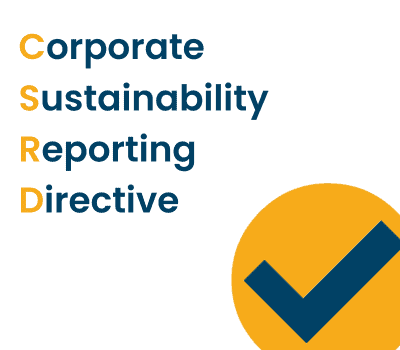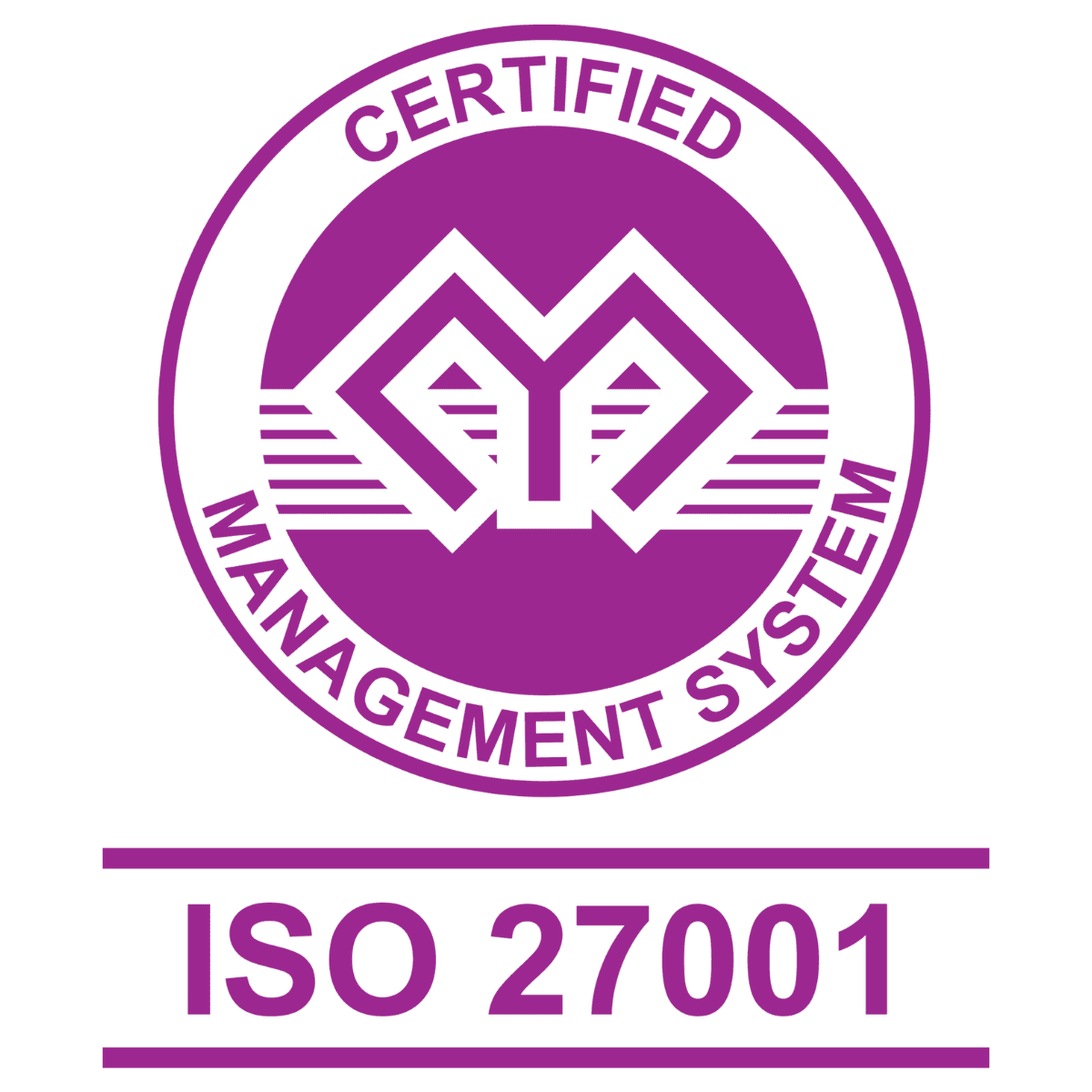The Corporate Sustainability Reporting Directive (CSRD) introduces a shift in how businesses must disclose their sustainability practices. With a focus on Environmental, Social, and Governance (ESG) criteria, CSRD aims to enhance transparency, accountability, and align corporate reporting with the EU’s sustainability goals. Understanding CSRD and how it affects your company is essential for staying compliant, competitive, and future-ready.
Background and Purpose of CSRD
The CSRD evolves from the previous Non-Financial Reporting Directive (NFRD), addressing significant gaps in non-financial reporting. It was introduced to ensure that companies disclose not only their financial performance but also how their operations impact society and the environment. This directive supports the EU Green Deal’s ambition of creating a sustainable economy, driving businesses to reflect sustainability as a core part of their strategy.
Is Sustainability Reporting Mandatory?
Yes, sustainability reporting is mandatory for companies meeting certain criteria under the CSRD. The directive applies to large EU companies and certain non-EU companies with significant operations in the EU. This mandatory reporting is aimed at improving transparency and ensuring companies disclose their environmental, social, and governance (ESG) impacts to meet the EU’s sustainability objectives.
EU Sustainability Reporting Standards
The CSRD requires companies to align their reporting with the European Sustainability Reporting Standards (ESRS). These standards provide clear guidelines on what information businesses must disclose, ensuring consistency and comparability across industries. The ESRS covers a wide range of topics, including climate-related risks, governance practices, and social impact, helping businesses align their reporting with the EU Taxonomy and other global sustainability frameworks.
Who Does CSRD Apply To?
CSRD impacts all large EU companies and non-EU companies with significant EU operations are also affected. Initially, the CSRD required 50,000 companies to comply with the regulation. However, Omnibus Proposal, that was published on February 26, 2025, narrowed the scope to 6,000 entities.
Post-revision, the CSRD applies primarily to large EU companies and qualifying Non-EU companies.
For more specific criteria, refer to CSRD Timeline: Who, When, and What Companies Should Report?
What Are the CSRD Reporting Requirements?
The CSRD brings robust reporting requirements for businesses to follow. A key aspect is the concept of double materiality:
- Financial Materiality: Disclosing how sustainability issues impact the business financially.
- Impact Materiality: Explaining how a company’s activities affect the environment and society.
These disclosures must align with the European Sustainability Reporting Standards (ESRS) and undergo external assurance to verify their accuracy. Additionally, companies are required to use digital tagging (such as iXBRL) to make the data more accessible and easier to track.
Recent Revision of CSRD requirements: Omnibus Proposals
The European Commission’s “Omnibus” proposals have introduced significant changes:
-
Reduced Scope: The most striking change is the dramatic reduction in the number of companies required to comply with CSRD, cutting the affected pool by 80%. This makes the regulations more targeted and focused on larger entities, such as those with over 1,000 employees, which helps reduce the compliance burden for SMEs and mid-sized companies.
-
Simplified Reporting: The overhaul of sector-specific ESG standards and the streamlining of reporting templates should ease the reporting process, making it simpler for companies to adhere to the rules. The focus on fewer, more straightforward requirements is likely to reduce confusion and improve overall clarity.
-
Extended Timelines: The delay in compliance deadlines allows companies more time to adapt, particularly those in the second and third waves. This gives businesses the opportunity to refine their processes, ensuring they meet the new standards without undue pressure.
-
Supply Chain Simplification: Narrowing the scope of supply chain reporting to just direct partners (unless significant risks are identified further down the chain) should ease the administrative burden for companies, making it more feasible to comply with the regulations.
-
Simplified Assurance Rules: The shift from reasonable to limited assurance reduces the level of scrutiny required for sustainability disclosures. This will likely reduce costs for businesses while still maintaining an appropriate level of accountability for the information provided.
-
Technical Criteria Adjustments: Relaxing the “do no significant harm” criteria, especially for chemical assessments, will make it easier for businesses to meet the compliance requirements without compromising environmental standards.
Challenges Companies Face in CSRD Compliance
Meeting CSRD requirements presents several challenges:
- Complex Data Collection: Gathering and managing ESG data across an entire supply chain is resource intensive.
- Double Materiality: Fully understanding and applying this concept can be difficult for many businesses.
- Alignment with Other Frameworks: Many companies must align their reporting with other EU frameworks, such as the EU Taxonomy or Task Force on Climate-Related Financial Disclosures (TCFD).
- Building Internal Expertise: Embedding sustainability expertise within organisations is necessary for effective implementation.
Steps to Prepare for CSRD Compliance
To tackle these challenges, businesses should consider the following steps:
- Conduct a Gap Analysis: Identify areas where current reporting falls short of CSRD requirements.
- Set Up ESG Data Collection Systems: Establish robust processes for ESG data gathering across your organisation and supply chain. ESG software solution can simplify data collection and management.
- Integrate CSRD into Business Strategy: Ensure that sustainability goals are embedded in management reporting and overall business strategy.
The Role of Technology in CSRD Reporting
Technology plays a pivotal role in easing the CSRD compliance journey. Digital solutions can help automate data collection and reporting. Tools like CFOUR Comply streamline the process of digital tagging through iXBRL, ensuring compliance with the directive. Additionally, ESG data software solutions like Biagio can facilitate data management, making it easier for businesses to track and report their sustainability efforts.
Timeline of Key Events for CSRD Implementation
CSRD implementation will occur in phases:
It is important to note that while some sources previously indicated that the next phase of the Corporate Sustainability Reporting Directive (CSRD) would apply to large EU companies in 2026, the latest update from the European Commission has postponed the requirement to report until 2028, based on data from the 2027 fiscal year. Similarly, listed SMEs, which were initially expected to comply in 2027 for the 2026 fiscal year, have now been removed from the scope of the directive. Reporting for Non-EU qualifying companies remains unchanged – they are still required to provide reports in 2029, based on data from the 2028 financial year.
Prepare for Corporate Sustainability Reporting Directive
The CSRD marks a significant shift in sustainability reporting and requires businesses to be proactive in aligning their strategies with EU standards. Early preparation can help companies stay ahead of the curve and ensure long-term success.
Ready to simplify your CSRD compliance? Explore CFOUR Comply to automate digital reporting and ensure accuracy of your reports.



